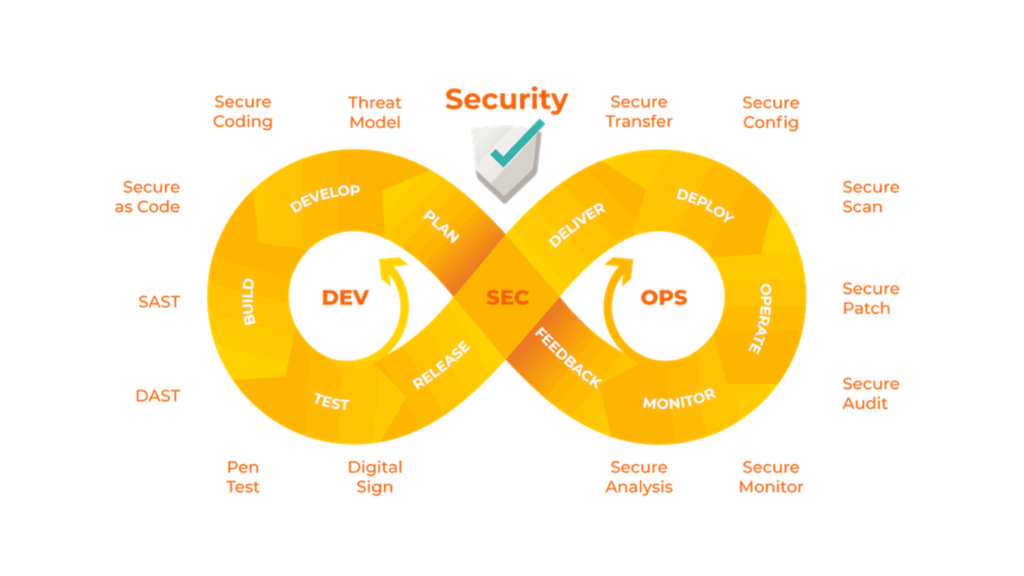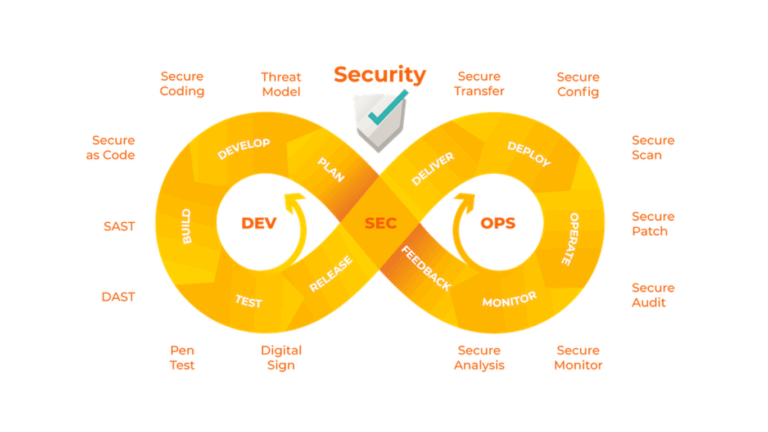The different participants are frequently given colour designations based on their duties during penetration tests and other cybersecurity risk assessments. As an illustration, the Team in Cyber security in the engagement would be the attackers, and the blue team would be the defenders.
The red and blue teams are combined into a purple squad. This frequently entails improving communication and feedback between the offensive and defensive teams in order to better direct the engagement and guarantee that the test thoroughly assesses the security of the target business. Check out the Cyber security training online to learn more about the Purple Team.
Objectives of the Purple Team
In a test, the red and blue teams frequently work separately from one another. A blue team, which is frequently made up of a company’s security team, isn’t even aware that a test is in progress until the final retrospective.
The purple team’s goal is to increase the speed and accuracy of the security testing procedure. The offensive team can concentrate their efforts on areas where they will be most helpful by creating opportunities for feedback and collaboration throughout the testing phase, based on feedback from the defenders.
How Does the Purple Team Security Testing Process Work?
In contrast to a standard red team engagement, where the Team in Cyber security may not be aware of an activity, a purple team security test shows a higher level of communication and coordination between the offensive and defensive teams. However, this greater cooperation might manifest itself in a variety of ways.
One choice is to recruit an entire purple team from outside the company. For the exam, this one squad can split up into red and blue teams, and individuals may even switch teams throughout the encounter. This keeps the team’s skills sharp, and practical experience in both roles can increase knowledge of the most effective ways to carry out specific attacks and test defences (red team) and the most effective way of protecting against them (blue team).
Another possibility is to set up the engagement so that there is more opportunity for dialogue between the red and blue teams. The assessment, for instance, might be finished in phases, with retrospectives and lessons learned carried out in between each phase. In this manner, the attacking and defensive teams can both benefit from the lessons discovered during previous iterations of the attack.
The Importance of Purple Team
The red and blue teams are frequently kept apart when conducting a security evaluation. The blue team not receiving any warnings about incoming attacks that could impair their performance, can serve to make the engagement more realistic.
The synergy offered by a purple Team in Cyber securityactivity, however, can significantly increase an exercise’s efficiency and efficacy when performed by a professional red and blue team. The two teams can identify and concentrate on areas that would benefit from more research by talking to one another and working together while avoiding regions where further work would be ineffective.
Purple Team vs Red Team & Blue Team
The fact that purple is a blend of red and blue gives purple teams their name. The red team’s offensive skills and the blue team’s defensive ones will be combined to form a purple Team in Cyber security. In an interaction with a purple team, the offensive and defensive teams work together more than they would in an engagement with a red team or blue team. Purple teams frequently work together during the activity, but red and blue teams only seldom do so.
Both of these strategies have benefits and drawbacks. A red and blue team involvement could be preferable for the sake of pure realism. A blue team will react to the simulated attacks just like they would to a real one, with no help from the red team and without even being aware of their existence.
However, the contribution of both the red and blue teams is helpful in the purple team interaction. With both viewpoints present and working together, the security test may spot problems that a red vs. blue exercise would have overlooked.
Conclusion
To make sure that an organisation’s cyber security defences are capable of preventing, detecting, and responding to cyber threats, regular security testing is crucial. Defences that may have been successful in the past may no longer be so given the continually evolving threat scenario.
A purple team engagement or other cybersecurity test is a great way to see how well your defences would fare against actual attacks. The security team will evaluate how effectively their defences and procedures hold up to the attack while the offensive portion of the assessment will simulate real-world dangers. The security team may be assisted by blue team specialists. Check out a good Cyber training online to learn more about the Purple Team in Cybersecurity.





























